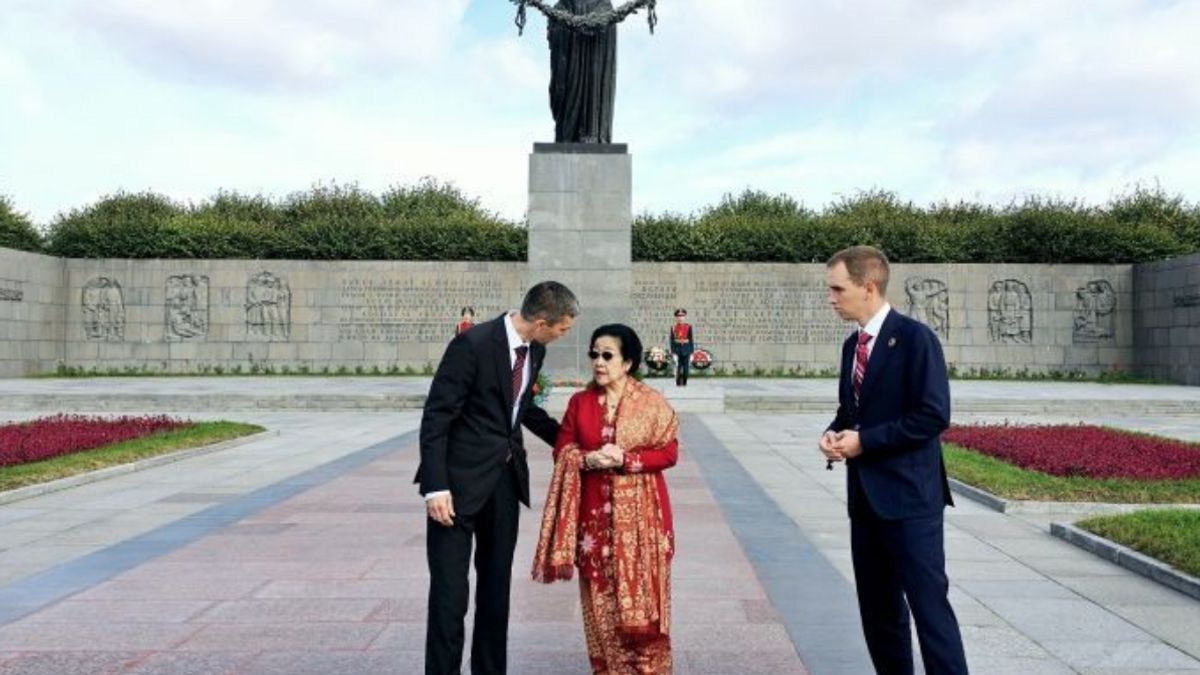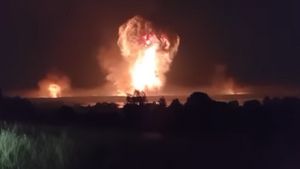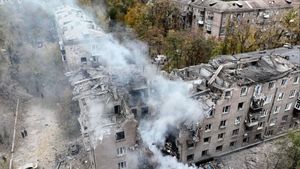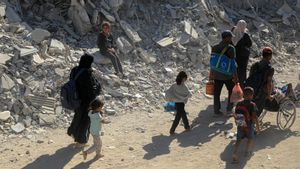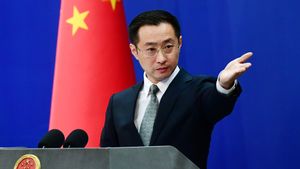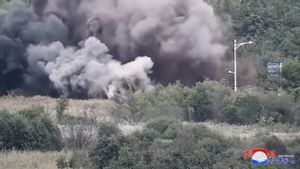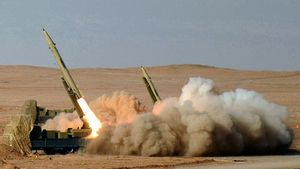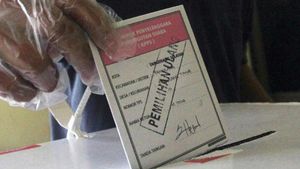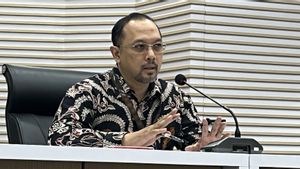JAKARTA - The 5th President of the Republic of Indonesia Megawati Soekarnoputri made a pilgrimage to the funeral of the victims of the Leningrad siege at Piskaryovskoye Memorial Cemetery, St Petersburg, Russia.
He was greeted by officials from the Department of International Organizational Relations of the External Relations Committee of St. Petersburg Dmitry Kroutoy.
Megawati paid her respects by laying wreaths and praying for the victims of the incident that occurred in the era of the second world war.
After wreaths were placed in front of the monument, Megawati was seen praying for the victims and soldiers who died during the Nazi siege of Leningrad from September 8, 1941 to January 27, 1944, or more than two years.
He continued the series of ceremonies leading to the eternal fire at the gate of the tomb. The daughter of the Proclaimer of the Republic of Indonesia, Bung Karno, greeted the soldiers who were on guard at the tomb.
Megawati also greeted and greeted the students who were present at the ceremony.
After that, Megawati was invited to a museum in the Kroutoy tomb area accompanied by her guide to explain to Megawati about the history of the Leningrad siege (now St. Petersburg) which triggered a terrible humanitarian disaster.
Megawati paid close attention to the explanation and occasionally asked questions while pointing at the photo gallery on display at the museum.
For information, the siege of Leningrad by Nazi forces left residents within the second-largest city of the Soviet Union starving and getting sick.
Bombings also continued to destroy the power of the Soviet Union at the time. The Nazi execution of Leningrad left residents with only 125 grams of bread to eat per day as winter hit.
The acute hunger triggered by the siege also made residents eat everything, ranging from pets, cosmetics, wall paper or wallpaper and even cannibalism.
SEE ALSO:
Nearly 2.000 people were arrested at that time for carrying out acts of cannibalism in 1942. The bodies of the victims of the siege even straddled on the streets.
The hope of re-emerging for the residents of Leningrad during the retaliatory attack by the Soviet forces in January 1943 slightly eased the situation.
Things have changed at World War II; the Soviet Union moved slowly towards its victory in February 1943 in the Battle of Stalingrad amid inhumane conditions.
The progress of the Soviet Union forces around Leningrad made land corridors open to carrying supplies. Soviet forces needed until January 27, 1944, to actually push the Nazis back and lift the blockade.
This Soviet victory became a turning point in fighting the Nazis who finally lost in the second World War.
The English, Chinese, Japanese, Arabic, and French versions are automatically generated by the AI. So there may still be inaccuracies in translating, please always see Indonesian as our main language. (system supported by DigitalSiber.id)
